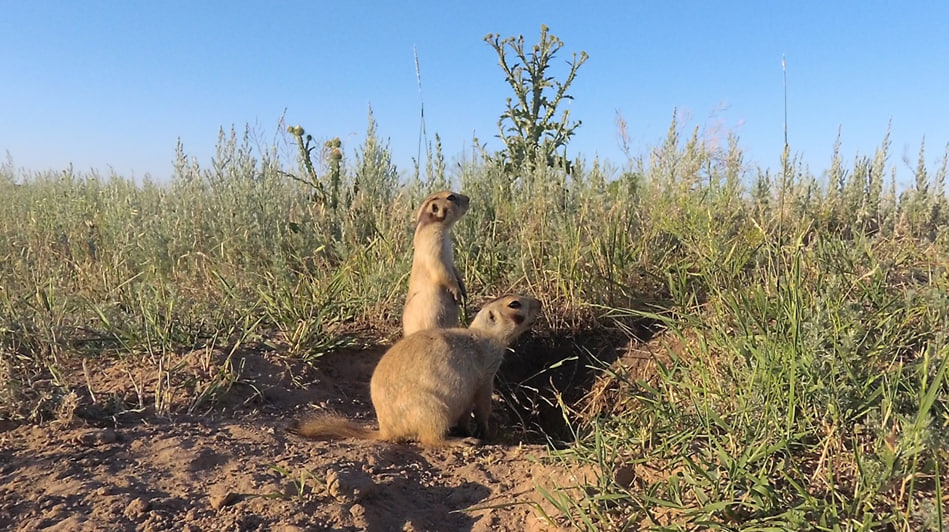
Employees of the Laboratory of Population Ecology of the Institute of A.N. Severtsov Ecology and Evolution RAS together with colleagues from the A.P. Avtsyn Research Institute of Human Morphology were the first to study the reproductive cycle of female yellow ground squirrels in the wild using cytological methods, hormonal analysis and telemetry. A peculiarity of this species is long hibernation of up to 9 months, which imposes strict time restrictions on its life processes. Based on the analysis of vaginal cytology and hormonal profiles of females, four stages of the reproductive cycle were identified: proestrus, estrus, metestrus and anestrus. As in other rodents, polygonal epithelial cells, usually without nuclei, acted as estrus markers; an increased number of leukocytes reflected the transition to metestrus.
For the first time for this species, a vaginal plug in a female after mating was described. Estrus began immediately after the female emerged from hibernation, and pregnancy occurred, as a rule, within three days from the moment of awakening. Analysis of hormones in the blood showed an increase in progesterone from proestrus and estrus to pregnancy. Changes in estradiol levels between cycle stages were not significant. Particular attention was paid to the high variability in this indicator: in some females the level of estradiol was high from year to year. The hormonal status of females did not depend on their age, despite the fact that one-year-old females were significantly smaller in size than older ones. During the summer, progesterone levels decreased as hibernation approached, and there were no clear signs of the females' reproductive systems preparing for the next breeding season. Perhaps this preparation in females occurs during periodic awakenings during hibernation.
Thus, the data obtained indicate rapid transitions between stages of the cycle in females and early maturation. All this is consistent with the hypothesis about the strategy of short and fast life in the yellow ground squirrel.
The work was supported by the Russian Science Foundation grant 22-24-00610.
Vasilieva NA, Tikhonova NB, Savinetskaya LE, Kuznetsova EV (2024). Female hormonal profiles and vaginal cytology in a ground squirrel species with prolonged hibernation. Mammalian Biology, 104(1), 55-67. https://doi.org/10.1007/s42991-023-00387-y
